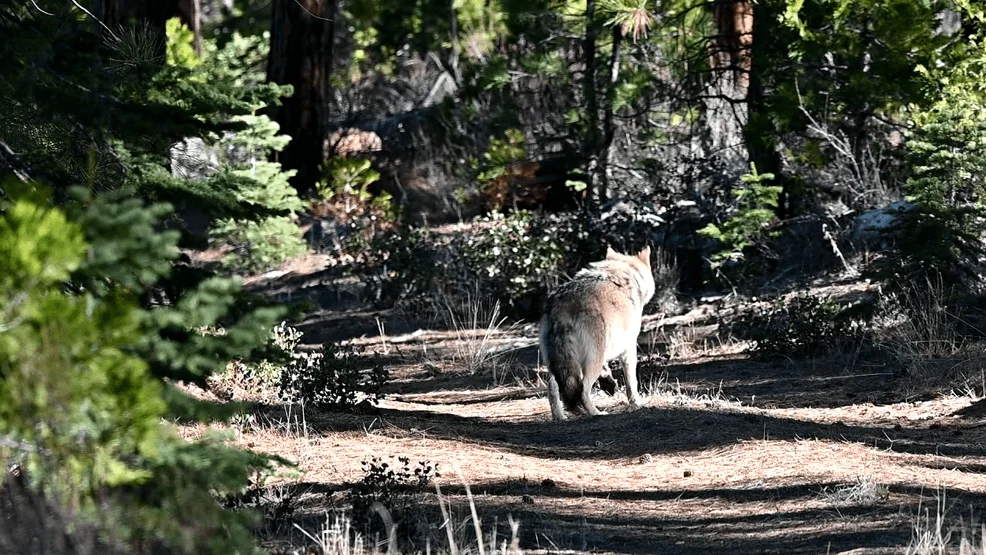
Gray Wolf Resurgence in California Sparks Debate
In a significant ecological development, California is witnessing the resurgence of gray wolves, sparking a heated debate between ranchers and conservationists. The reappearance of these apex predators, once nearly extinct in the state, has brought both excitement and concern to various communities.
The gray wolf population in California has been on an upward trajectory, with recent sightings confirming their expanding presence. Conservationists celebrate this as a success story of wildlife recovery, attributing the resurgence to stringent protective measures and habitat restoration efforts. They argue that wolves play a crucial role in maintaining the ecological balance by controlling prey populations and fostering biodiversity.
However, the return of gray wolves has not been met with universal approval. Ranchers, in particular, are voicing concerns over potential livestock losses. Incidents of wolves preying on cattle and sheep have been reported, leading to economic strain for those in the agricultural sector. Some ranchers are calling for more robust measures to protect their livelihoods, including the possibility of controlled hunting or relocation of wolves.
The debate has caught the attention of state officials, who are now faced with the challenge of balancing conservation efforts with the needs of the agricultural community. Public meetings and forums have been organized to discuss potential solutions, ranging from compensation programs for affected ranchers to enhanced monitoring and management of wolf populations.
As California navigates this complex issue, the gray wolf's resurgence serves as a reminder of the intricate interplay between wildlife conservation and human interests. The outcome of this debate will likely set a precedent for how similar situations are handled in other regions experiencing the return of apex predators.